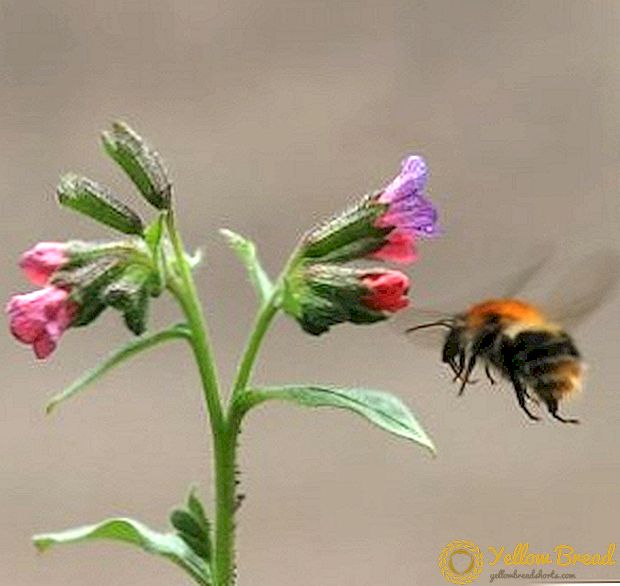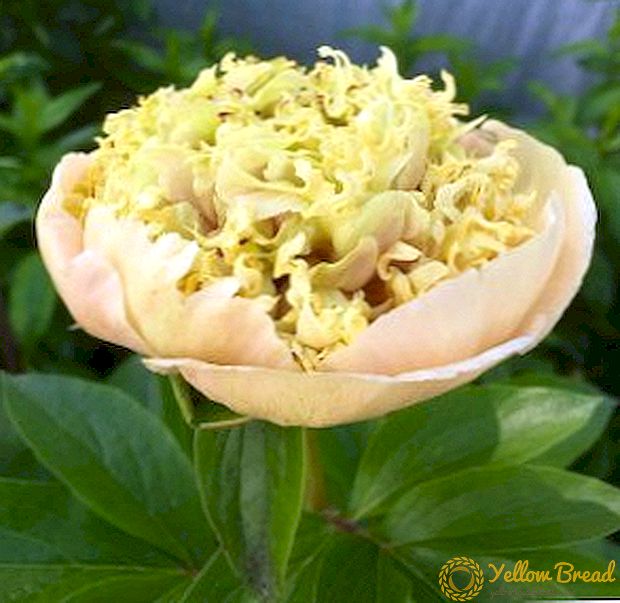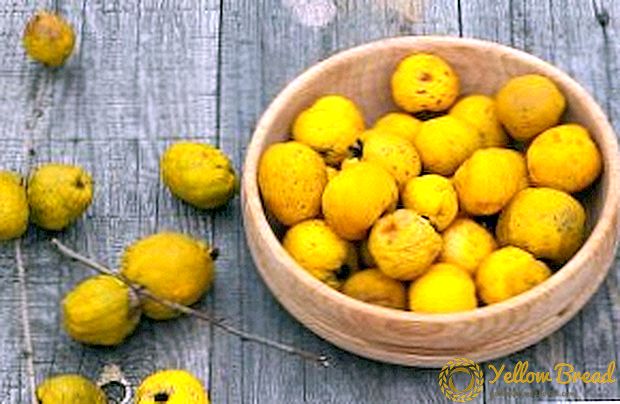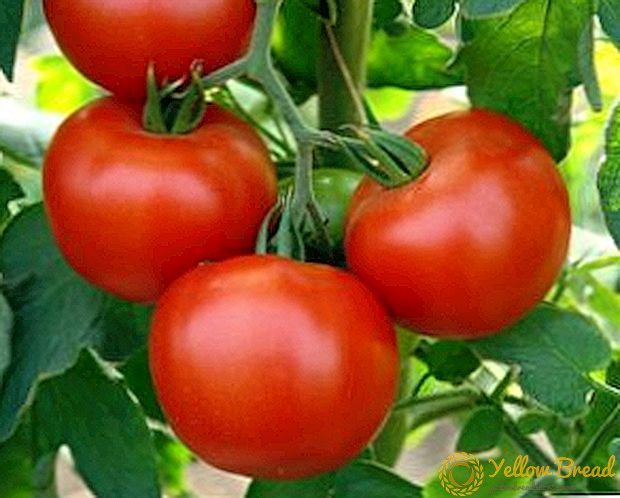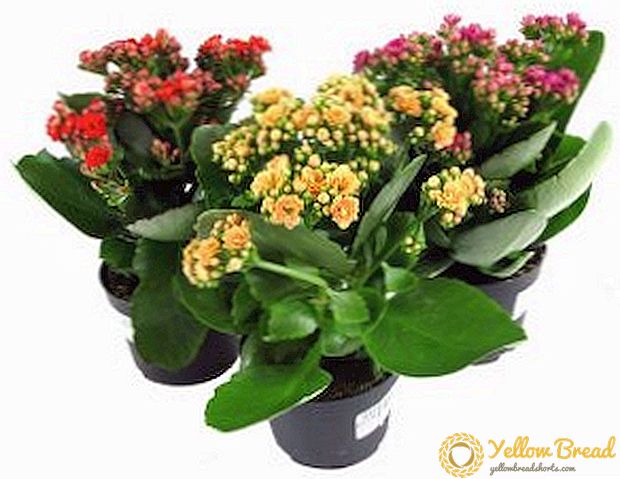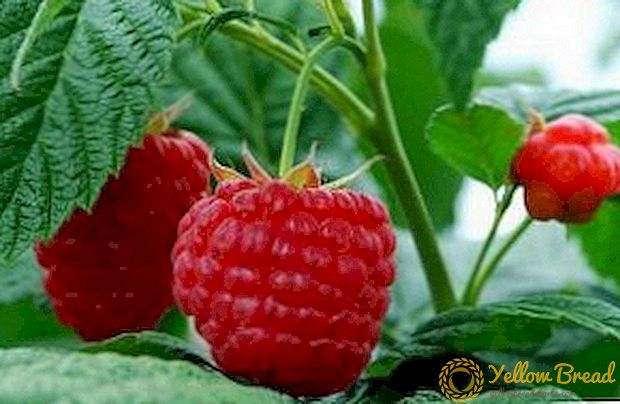 Raspberries in our area - a very popular plant. She gives a harvest of delicious sweet berries. Many since childhood love raspberry jam. In Europe, almost no breakfast is complete without raspberry jam. In our article we will consider one of the most popular and proven raspberry varieties - "Meteor".
Raspberries in our area - a very popular plant. She gives a harvest of delicious sweet berries. Many since childhood love raspberry jam. In Europe, almost no breakfast is complete without raspberry jam. In our article we will consider one of the most popular and proven raspberry varieties - "Meteor".
- Breeding history
- Description of the bushes
- Description of berries
- Gestation period
- Yield
- Transportability
- Disease and Pest Resistance
- Winter hardiness
- Application of fruits
- Advantages and disadvantages
- pros
- Minuses
Breeding history
The breeding of this variety, which is considered a masterpiece of this organization, began at the Bryansk Agricultural Academy in early 1962 under the control of Kazakov I.V.
The raspberry variety "Meteor" was bred at the base of the GNU All-Russian Breeding and Technological Institute of Horticulture as a result of selection work with such varieties as: the old famous Russian variety "Novost Kuzmina" and the Bulgarian variety "Kostinobrodskaya" (or "Bulgarian Ruby").  These varieties are classified as medium-term by ripening, as well as tall. However, the Meteor variety turned out to be super early and lower in height.
These varieties are classified as medium-term by ripening, as well as tall. However, the Meteor variety turned out to be super early and lower in height.
Description of the bushes
Such raspberries are breeders among universal, not very demanding varieties. Shrubs of this variety reach an average height (up to 2 m) and an average power of development, they do not stretch much.
The shoots are strong (they are 80-100 per bush), the tip is drooping, the bush can be not tied up, the articulation of the stem is weak.
The stem of the plant is usually covered with a small wax coating, the thorns on the bushes are small and rarely grow; in summer they are green and in autumn they are light brown. 
Description of berries
Berries in "Meteor" medium size, reach a weight of not more than 3 g. The shape of the berries is rounded-conical ruby shade. Medium-linked drupes constitute a berry; on it, like on a stalk, there is a small wax coating.
The stem is not very long, soft fruits are easily uncoupled from it. The cup is also small, the pistils are long and of medium length. The taste and aroma of the berries is amazing.  They contain sugar - about 6-9%, acids - 1.5-1.7%, ascorbic acid in the amount of 15-30 mg per 100 g. Berries can be frozen or consumed fresh.
They contain sugar - about 6-9%, acids - 1.5-1.7%, ascorbic acid in the amount of 15-30 mg per 100 g. Berries can be frozen or consumed fresh.
Gestation period
This variety of garden raspberries ripens very early and, in fact, opens the "raspberry season", so by the end of June you will get a ripe harvest.
Yield
The description of the variety by experienced breeders says that it has a sufficiently high yield in the range of 1.5 to 3 kg of berries from one weakly sprawling bush of Meteor raspberries. Therefore, an average of 50 to 70 centners per season is obtained per hectare.

Transportability
The fruits of "Meteor" are quite dense, which allows you to safely freeze them, transport them. Due to these properties, the fruit does not "flow" in the containers of transportation,which greatly increases the feasibility of using this raspberry for commercial purposes.
Disease and Pest Resistance
Raspberry "Meteor" is characterized by unprecedented resistance to the most common fungal diseases of plants.
But we should not forget that this variety is vulnerable to such pests and diseases as the spider mite, purple spot and escalling gall, therefore The plant must be regularly and timely processed for the prevention of chemical means.
Winter hardiness
Noteworthy is the Meteor variety, which is also extremely resistant to frost, low air temperatures and generally harsh climate. This will allow you to grow a wonderful crop of this berry, even in the northern regions.  In winter, the bushes should be bent to the ground and tied up, it must be done before the onset of winter cold so as not to break the shoots.
In winter, the bushes should be bent to the ground and tied up, it must be done before the onset of winter cold so as not to break the shoots.
Application of fruits
When you are satisfied with the use of fresh berries of this raspberry in the summer, try to prepare the rest for the winter. The freezing of berries is becoming more and more popular lately. Variety "Meteor" is suitable for such a procedure almost perfectly.
This raspberry is also suitable for more traditional preparations for the winter, you can make jam from it, grind it with sugar, preserve the jam.
Mistresses often use berries as a filling for cakes and pies, compotes, mousses, cocktails and jelly. Moreover, both fresh raspberry and frozen (canned) will be suitable for use.

Advantages and disadvantages
Let's look at the pros and cons of a plant species distinguished by experienced gardeners.
pros
Experienced gardeners point out many advantages of this variety of berries over competitors, which make its cultivation very profitable in garden farms and at summer cottages.
- Thanks to this plant you can get an early, rather abundant harvest.
- The berries have a good presentation and tolerate transportation, and also have good taste.
- Shrubs are not at all whimsical in their care, because this raspberry was bred at a time when powerful chemicals for fertilizing, feeding and processing plants did not exist.
- Raspberries can breed by cutting and self-pollinating.
- The bushes of "Meteor" have few thorns and rather strong winter hardiness.

Minuses
Despite a number of significant advantages, time-tested, compared with other varieties, raspberry "Meteor" has several drawbacks.
- If the bush will reach more than 2 m in height, it will need to be tied to the trellis.
- “Meteor” tolerates wintering in sheltered form, however, when the thaw comes, after which frosts strike again, the root system of the plant can suffer greatly. From such icing, the plant will almost certainly die, especially if it is young and planted in the fall.
- This old, time-tested, variety is inferior to some modern raspberry species, capable of producing berries of 10 g each, weighing and yields of 100-120 kg per 1 ha.
- Also, there are varieties of raspberry of this type, having a greater amount of sugar in its composition.
With proper care (rather undemanding), this highly resistant to external factors plant can reward you with a good early harvest of berries."Meteor" - one of the most suitable types of raspberry for individual gardening. 

